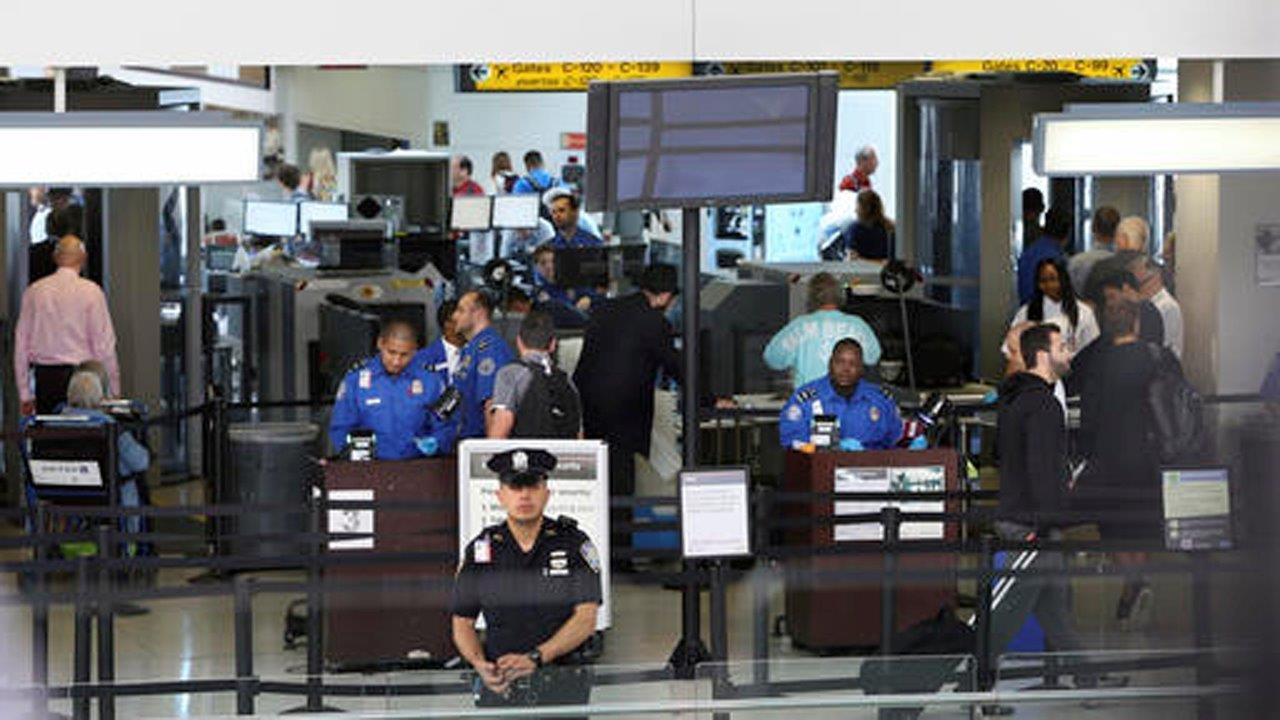TSA toughens rules on electronics at US airports
The Transportation Security Administration (TSA) is raising aviation security at airports in the United States, the agency announced Wednesday.
Included in the new measure are stronger screening procedures for carry-on items, requiring passengers to place electronics larger than a cell phone in bins for X-ray screening in standard lanes, similar to the way laptops are checked at airports today.
“By separating personal electronic items such as laptops, tablets, e-readers and handheld game consoles for screening, TSA officers can more closely focus on resolving alarms and stopping terror threats,” TSA Acting Administrator Huban A. Gowadia said in a statement.
The TSA said it would be implementing the security measures in all U.S. airports “during the weeks and months ahead,” and will enable its officers to acquire a clearer X-ray image of the devices.
Travelers will still have to comply with current guidelines regarding food and liquids at security checkpoints, including the “3-1-1 liquids rule,” which allows passengers to bring a quart-sized bag of liquids, aerosols, creams, gels and pastes in their carry-on. They are limited to 3.4 ounces or less per item.
So far, the new measures are in place at 10 airports in the nation, including Boston’s Logan International Airport, Los Angeles International Airport and Las Vegas’ McCarran International Airport.
In March, Department of Homeland Security Secretary John Kelly banned electronic devices, such as laptops, from cabins of U.S.-bound flights from 10 airports in the Middle East and Africa, areas of high terrorist activity. Recently, Emirates, Turkish Airlines and Qatar Airways were exempted from the rule.
In June, Kelly and the DHS announced updated security requirements for nearly 300 airports in more than 100 countries in an effort to improve aviation safety both domestically and globally.




















